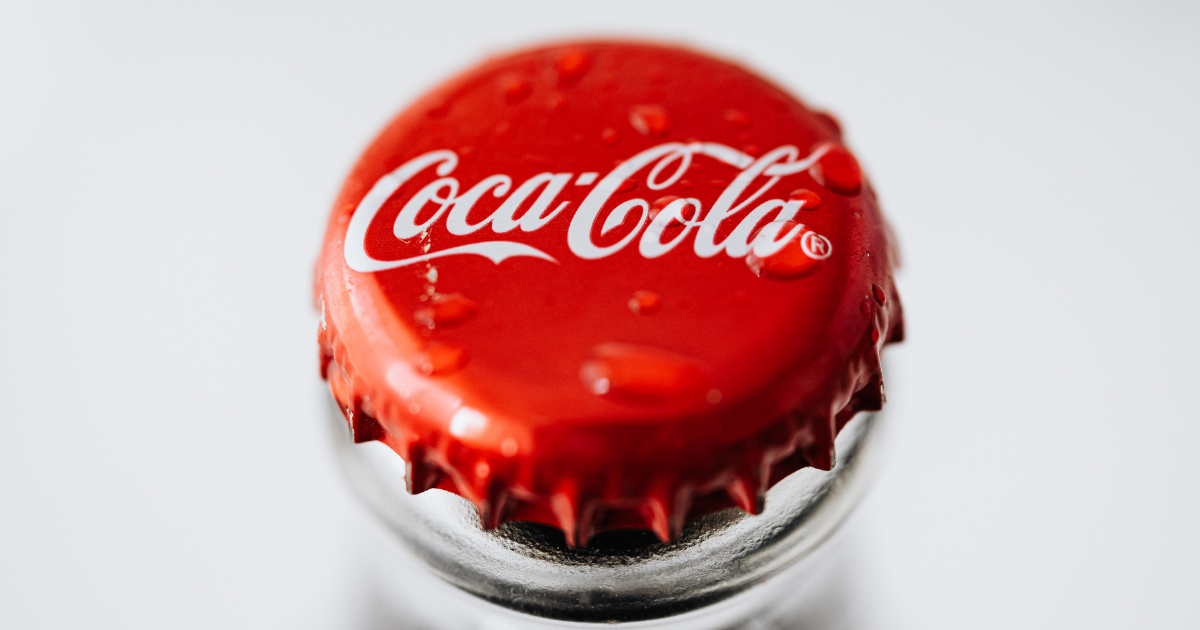James Quincey, CEO of Coca-Cola, has killed off nearly half of his company’s 400 brands, including Tab, Odwalla smoothies and Zico coconut water. Why? These 200 brands represented only 2% of sales. As interest in full-sugar soft drinks wanes, Quincey faces the challenge of creating a portfolio that will push company growth—and there’s no time to waste.
Harrison Coerver and I addressed “purposeful abandonment” in Road to Relevance: 5 Strategies for Competitive Associations. We wrote: “The tendency of associations is to continue to add programs and services without the critical process to discontinue those that have lost their appeal, those that never lived up to expectations, those that continue to require bigger and bigger subsidies, and those that are uncompetitive.” We cited Steve Jobs as an example of the power of abandonment. When he returned to Apple after a 12-year hiatus, he eliminated 70 percent of the product line. The strategy not only saved Apple, it fueled a turnaround from a $1.04 billion loss in 1997 to a $309 million profit in 1998!
Often, when we think of sunsetting underperforming programs and services, we think about what will be lost. We don’t think about possible gain: freeing staff and financial resources, reducing communications clutter and making room for new programs and services. As James Quincey notes, “One of the things about driving risk-taking and innovation is not to let the fear of what you’re going to lose obscure the possibility of what you might gain.”
As you think about the year ahead, think about this: innovation isn’t always about adding. Sometimes it’s about subtracting. This is known as a “shrink to grow” strategy. It seems counterintuitive but can be very powerful. (If you want to learn more about Quincey’s strategy, you can read about it here.)

